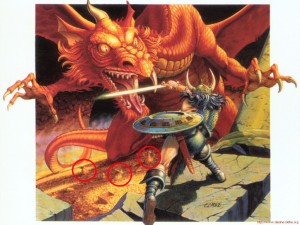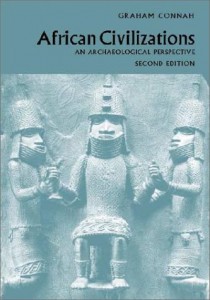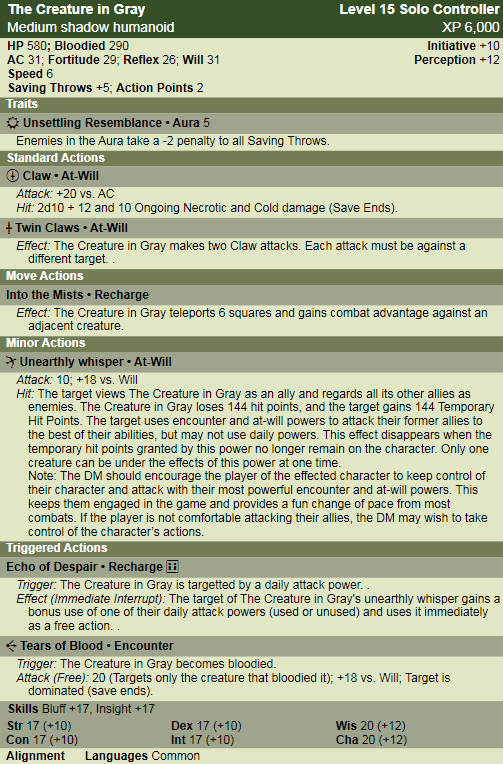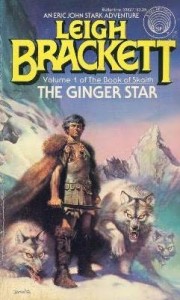Facts:
- With the Essentials Rules Update the rapier is now a military melee weapon.
- In 4e, the rapier is and always has been a light blade one handed melee weapon that has a +3 proficiency bonus and does 1d8 weapon damage.
- In 4e, the longsword is and always has been a heavy blade one handed melee weapon that has a +3 proficiency bonus, does 1d8 weapon damage, and has the versatile property (+1 damage when wielded in one hand).
- Nimble blade is a heroic tier feat that requires 15 Dex and gives a +1 bonus to hit with CA and while wielding a light blade.
- Light Blade Expertise (a new essentials feat) gives a +1 feat bonus to hit per tier and a +1 bonus to damage per tier when you have Combat Advantage.
- Heavy Blade Expertise (also an essentials feat) gives a +1 feat bonus to hit per tier and a +2 bonus to AC vs OAs.
Conclusion: The rapier is the default weapon of choice for one handed weapons!
- Light Blade Expertise is better than Heavy Blade Expertise! A damage bonus that scales with level is awesome and worth a feat in its own right (Weapon Focus, which it stacks with). In contrast, a +2 to AC vs OAs, while it technically mimics a feat, is far less impressive overall and has less utility to most builds, since people try to avoid Opportunity Attacks as much as possible, in my experience.
- For those with 15+ Dex, nimble blade is a great feat to take and can be taken with a rapier with little to no drawbacks.
- The Versatile property of the longsword is basically meaningless; how often is someone going to unstrap their shield (a standard action) and give up a +1 or +2 AC so they can swing a sword around 2 handed for a +1 bonus to damage? Not very often, I suspect!
Positive Consequences:
- Halflings, gnomes, and other small races don’t get punished for being small since they can easily heft a rapier, which has similar stats to a longsword.
Negative Consequences:
- Heavy Armor: It’s annoying to imagine a bunch of fighters and other classes in heavy armor with heavy shields wielding rapiers, which historically were used primarily in civilian duels with no armor.
- Long Swords are Iconic: It just feels right for longswords to be the default weapon of choice! They’re kind of a fantasy staple in most stories and books about knights and other heroes, so it feels weird that a lot of PCs are going to be sporting rapiers now!
- Two Handed Weapons: The bonus to damage makes for this weird situation where rapiers generally do equal or more damage (independent of class bonuses and the like) than big two handed weapons, which is just kind of a weird situation. It seems like if I’m giving up a shield to swing around a big two handed weapon I should be getting at least a small increase in damage. In the end, the advantage either way is only 1 or 2 points, but on principle I’d like to imagine that a bonus to damage is something I’m getting through weapon choice alone.
Is it a big deal that for a lot of classes (sword and shield fighters, duel wielding rangers, warlords, etc.) are switching to rapier rather than longsword? Ultimately, it’s not the end of the world, and it does have some benefits for small PCs. But it does make me a little sad, and is a continual reminder to me that improvements to some aspect of a game system often has unintended consequences.
I believe the new expertise feats were put in to make taking an expertise feat (a must-take feat) more interesting and meaningful, since now they’re tied to specific weapon choices. And of course, the expertise feats were created to begin with to address a math problem with scaling monster defenses, and had the unintended consequence of putting into the game a must-take feat that wasn’t very interesting (along with some other problems I’ve addressed in my House Rules article). Now as a result of making those feats more interesting, the balance has been tipped in favor of the rapier as the default one handed weapon!














